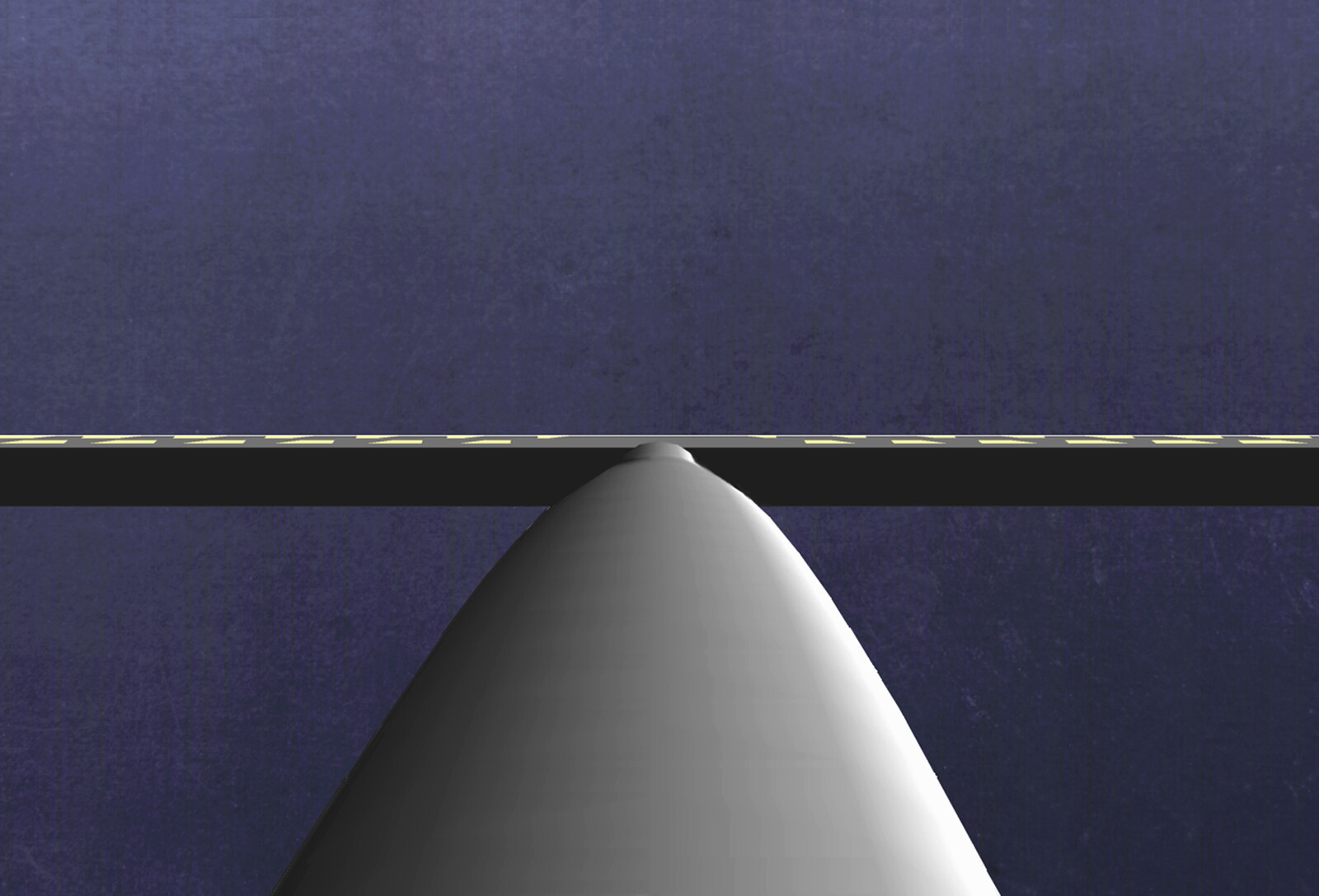absolute master of radicalness
December 3, 2017–February 3, 2018
100 Central Street
London EC1V 8AJ
UK
Hours: Wednesday–Friday 11am–6pm,
Saturday 12–5pm
T +44 20 7250 1512
info@bettsproject.com
Betts Project is pleased to announce an exhibition of works by cult but unknown French architect Jacques Hondelatte. This will be the artist’s first solo presentation since the critically acclaimed exhibition Jacques Hondelatte: Des gratte-ciel dans la tête at Institut français d’architecture, Paris, France in 1998.
The quality of the representations (plans, digital images, digital collages/photos, etc.) produced by Hondelatte is astounding in several respects. Unlike contemporary productions, they avoid any resemblance with reality and powerfully impose their own graphic world with remarkable clarity. Hondelatte’s hybrid collages still stand out today with their absolute relevancy and modernity.
He left a radical body of work in his wake that Jean Nouvel defined as “an architecture based on abstraction and discussion and no longer derived from drawings”.
Jacques Hondelatte (1942–2002) is one of the French architects who made the greatest impact on his generation. Little known to the general public, mainly published in specialised journals, he nonetheless remains cult for his peers Jean Nouvel and Rudy Riccioti, as well as for his more direct disciples including Lacaton-Vassal, the group Epinard Bleu with Frédéric Druot, and Duncan Lewis. At the Ecole d’Architecture of Bordeaux he was their professor, “their guru without dogma” according to Druot.
A pioneer of digital architecture in France from the mid-1980s, Jacques Hondelatte’s work was gradually recognised by the profession. In 1998, he won the Grand Prix National for architecture and, the same year, the Institut Français d’Architecture devoted a solo exhibition to him, curated by critic Patrice Goulet. The exhibition toured in Europe and, in 2002, Patrice Goulet wrote the excellent Jacques Hondelatte: Des gratte-ciel dans la tête, an exhaustive and critical monograph that still remains the sole reference book on the work of the architect from Bordeaux. Part of his work has been acquired by the Centre Pompidou, Paris.
Patrice Goulet describes Jacques Hondelatte as a wizard with an excellent poker face: “Of course, he always looked innocent, casual, constantly curious, perpetually enamoured, with a sharp eye, ever on the lookout, enthusiastic, an eternal explorer, inventor, and discoverer. Yet his projects clearly indicate that he is radical in terms of the process of their development, uncompromising as to the pertinence of the concept, a total stickler for the rigorous precision of the drawings, meticulous as to the appropriateness of details, and passionate about the absolute cost-effectiveness of the project.”
Hondelatte’s work is also characterised by incredibly minimalist plans that illustrate texts of intense poetry, in service to myth-generating architecture or objects. Goulet dates the moment when mythology was integrated into the architect’s design tools to 1984, with the project for the Léognan town hall. “From then on, Hondelatte was elsewhere: that is, in an ideal world in which architecture would blossom freely. He did not however transition into utopia, but instead found the means that would enable him to insidiously slide his project into the meshes of a reality bogged down in rationality and materialism that rendered it drab and sad… The injection of the myth immediately emerged as a particularly effective means of metamorphosing the most difficult problems into a dazzling solution.” Les Dragons de Niort (1992) or the Jardin du Foot de Noisiel (1994), presented in the exhibition are two perfect examples of this.
Pioneer of Digital Architecture in France
Hondelatte became interested in information technology very early on and equipped his agency in the mid-1980s. For him, “it’s much more than a perfected tool,” he was aware that the digital tool was capable of causing “a complete overhaul of design methods”. He also marvelled: “why did we not realise that architecture would be deeply transformed by it?” He had anticipated and even theo-rised the impact of information technology within design and right through to the construction phase. Les Dragons de Niort, well before the production by artist Xavier Veilhan, was the perfect production of a form designed by computer. Goulet beautifully explains in his book how computing and poetry have become complementary and powerful tools in the architect’s production.
—Félix Beytout and Juan Perez-Amaya, 2017


